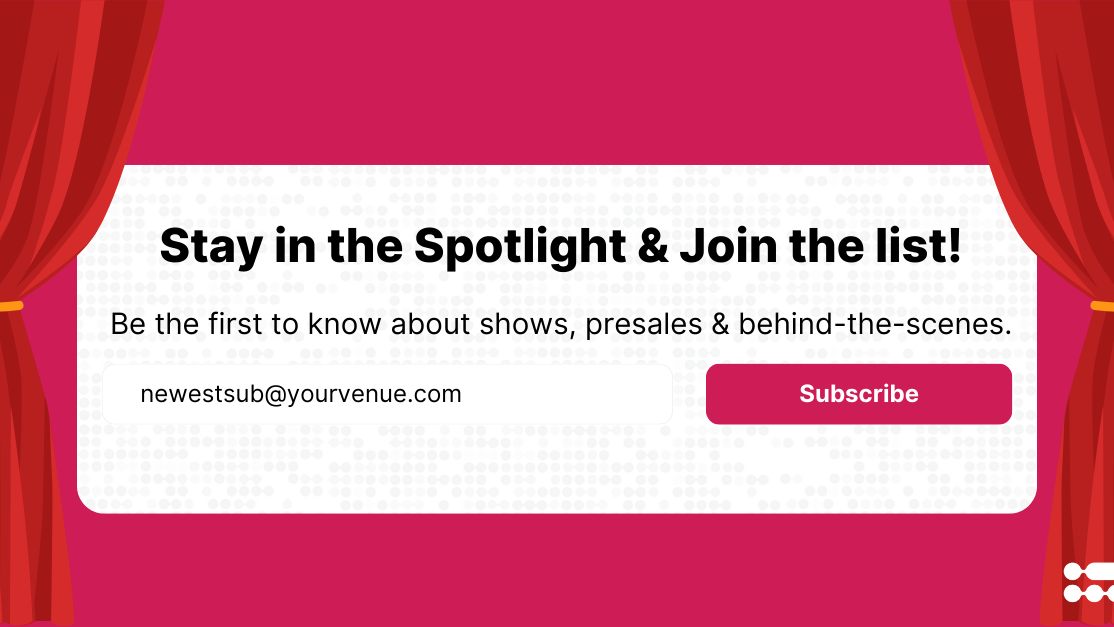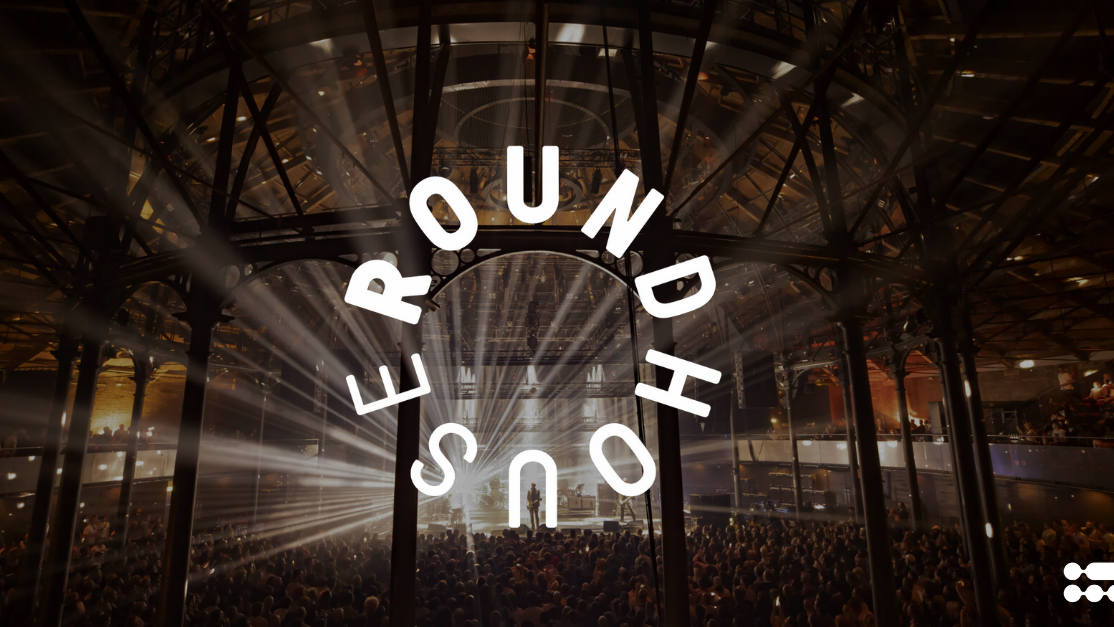One of the most powerful tools for anyone working in the events industry is knowing your audience and how to speak to them. People attend events for a huge variety of reasons and recognizing patterns in who exactly buys what from you is vital in providing a tailored and targeted experience. This article will show you how segmentation can be used in order to unlock the secrets of your audience by explaining what it does and how it can improve what you do.
What is Segmentation?
Put simply, segmentation is the way that you can divide your audience into separate groups with similar features. This could be done by age, gender or location as well as other factors like whether an individual is a first-time buyer. By using these, you are able to get a picture of exactly what your target audience looks like, allowing you to create targeted campaigns based on a certain group.
For example, through segmenting your data, you might see that people coming from far away are spending more money on tickets. This may lead you to create a Facebook campaign targeting these individuals by geographic area. Knowing that these people spend more money might also suggest that they have different reasons for coming. Perhaps they visit the theatre rarely, on special occasions, or simply have more wealth.
Segmentation gives you the tools to see this, but also to investigate further. Within this group of people traveling longer distances and spending more money, you might see that they buy tickets less frequently and are typically men for instance. This process allows you to progressively test different dimensions of your audience in order to find the best way to understand them and create campaigns that speak to them.
4 Reasons to Segment your Data
Get to know your audience
Segmentation gives you a bunch of tools that are incredibly helpful in understanding your audience. By using segmentation, you can create buyer profiles, which represent who your typical buyers are. This allows you to tailor campaigns and content to these ideal types. You can also use these ideal types to bring in new similar audience members through tools like Facebook, Audience Finder, or similar.
Tailor your campaigns to those that matter
Don’t speak to your audience with one voice, treating everyone the same can be annoying and will leave out certain groups. People are much more likely to listen if what you are saying is relevant to them. Being relevant to people means higher open rates and fewer people unsubscribing to content such as your emails. This is important, as according to InsightSquared, it can cost you anywhere between 5-25 times more to acquire a new customer than keep an old one.
Research and refresh your strategy
Segmentation can also change the way that you test what has worked in the past and improve how you evaluate the success of campaigns. This gives you testable criteria, which you can use to evaluate which groups were more taken by a given campaign.
Use funds more effectively
Ultimately, segmentation is a way to be more focused in how you conduct campaigns, meaning that you can distribute your resources more effectively. It will show you exactly what it is worth spending your money on.
How to Segment your Data
Collect Data
The first step in segmenting your audience is of course collecting data on them. Here, you need to think about the type of data you want to collect in order to target certain groups. For instance, knowing customers’ addresses and purchase history allows you to segment based on location and behavior, but you may also want to segment by gender. In order to collect information on gender you might use this as a dimension on an online survey or web form. When collecting and storing data, please be aware that you will need to be compliant with GDPR.
Segment Audience
Once you have collected your data, the next step is to split your audience into segments. This involves you thinking about how it is best to split up your audience and ‘playing’ with the data in order to find patterns. Here, you need to think about which segments best represent your audience so that you can take the right action.
Take Action
Once you have your segments, it’s now time for you to take action and use what you’ve learnt to realise the benefits of segmentation. You can begin to create targeted campaigns, or send an email to everyone within a certain segment. You can also begin to create offers for certain groups of customers, or reward the loyalty of regular visitors. Another powerful use is taking a specific segment and using it to create a lookalike campaign on Facebook. This allows for you to reach people who are the most similar to your existing customer base.
Where Next for Segmentation?
The quest for understanding your audience more and more is part of the ongoing journey of segmentation. With today’s technology, it is now possible to conduct segmentation using a wider set of parameters than was previously considered possible. Increasingly, marketers are turning to weak patterns such as psychographics and behavior parameters in order to more closely explain audience motivations.
Psychographics, for example, look to internal, rather than external motivations, asking what values, attitudes or lifestyle a given segment has. This is aimed at a deeper sense of personal engagement that is felt by the audience member. Using this approach, it is possible to group your audience into ideal types according to personality. This is possible through using existing personality groupings, such as the Myers Briggs test, Big 5 personalities or four colour test. Using one of these means you can use a segment consisting of “extraverts” for instance.
The benefits of this are already being realised, particularly by companies with access to a huge amount of personal data and new technologies (Facebook, Google). These companies are making use of developments in machine learning and AI in both collecting and processing this type of data. As these technologies are becoming more widespread, they are increasingly being integrated in a range of different industries. This is making the factors that we can segment based on wider, more impactful and closer to your audience.
This means that more and more, people are beginning to realise the untapped potential locked away in their data.





